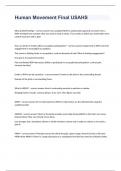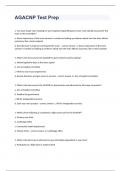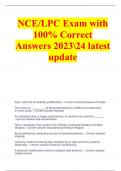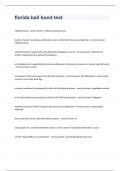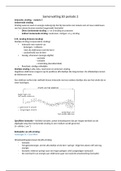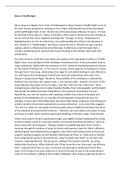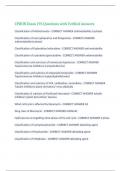Neuropsychology
Assessment Neuropsychological Testing in Children
Word count: 1477/997
, 1. Theoretical part
Typical brain development depends on the interaction between genetic and environmental
factors (Babenko et al., 2015). Development of cognitive functions during childhood relies on
an interaction of experience and maturational changes in the brain (Richardson et al., 2018).
For example, increase myelinization of axons is related to improved processing speed
(Chevalier et al., 2015). Disturbances in brain development due to genetic and/or
environmental risk factors can therefore have a significant impact on cognitive outcome.
Therefore, identifying deviations from normal developmental trajectory as early as possible is
crucial for effective intervention strategies.
Early identification of impairments is of particular significance for attentional
functions as attention is a fundamental building block for other cognitive functions. During
development, children are constantly exposed to complex environments and therefore need to
prioritize sensory information that is most relevant. In addition, they need attentional
resources to complete tasks despite distractions, but also need to know when to redirect their
attention when activities are ineffective (Ruff and Rothbart, 1996). Without proper attentional
functions, acquisition of new knowledge and skills will be impaired.
The development of attention is characterised by a transition from attention that is
strongly determined by novel stimuli, to attention that is more strongly determined by
cognitive processes (such as goal-directed behaviour; Ruff & Rothbart, 1996). However,
attention is not a unitary construct; different components of attention can be distinguished
with unique developmental trajectories. Although there is no general consensus, several
attentional components are frequently reported in literature: vigilance/sustained attention,
selective attention and attentional control (Anderson et al., 2019). Therefore, cognitive
assessment should comprise of multiple tasks to gain a complete perspective on the attentional
functions of an individual child. However, the rate at which children develop varies, which
poses a challenge for the neuropsychologist because outcomes of assessment need to be
interpreted while taking individual variability into account. Reliable and valid age-

